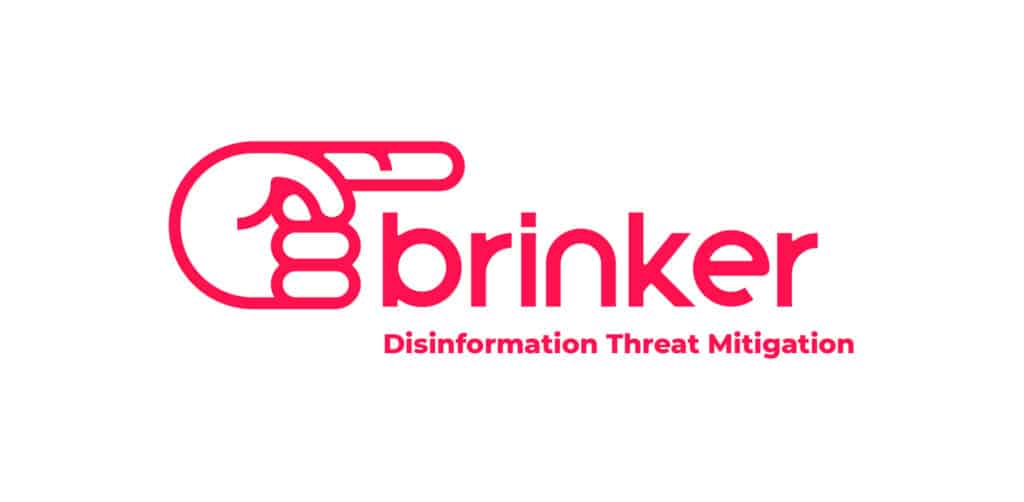The hack of Uber and the loss of information on 57 million customers is just the latest security incident stemming from what our guest Elizabeth Lawler calls “DevOps secrets” – valuable credentials, APIs and other sensitive information that often end up exposed to the public as a result of lax continuous development operations. In this Spotlight Edition* of The Security Ledger Podcast, sponsored by CyberArk, we talk with Elizabeth about how to contain DevOps secrets and secure the secret super user lurking in modern organizations: highly privileged application code.
Software
Surveillance Under The Tree: Connected Device Audit Turns up Sensors, Security Holes
Sensors and security holes are common companions on a range of connected toys and consumer devices available to consumers this holiday season.
Harvard Publishes Guide for Securing Political Campaigns
A new guide from Harvard University’s Kennedy School of Government is offering guidance to political campaigns that wish to keep hackers at bay.
Cisco Talos finds More Flaws in Foscam Cameras
Cisco Systems is warning the public about a range of new vulnerabilities it has discovered in IP cameras from the firm Foscam, a popular maker of commercial and consumer surveillance cameras, the second trove of software security holes uncovered since June.
Experts Propose Standard for IoT Firmware Updates
Bleeping Computer reported that a new proposal submitted to the Internet Engineering Task Force (IETF) defines a secure framework for delivering firmware updates to Internet of Things (IoT) devices. Insecure software updates for embedded devices (aka ‘firmware’) have been a frequent source of security lapses on mobile and embedded devices like Internet connected webcams. Filed on October 30, the “IoT Firmware Update Architecture,” establishes security requirements for device makers to implement when designing firmware update mechanisms for connected devices. A familiar list of features The proposed rules include features that have long been recommended by security experts to permit safe handling of software updates. Among them the use of cryptographically signed updates and public key cryptography to provide end-to-end security and verify firmware images, as well as the ability to work with low-power and resource constrained IoT devices. Firmware has been the source of widespread security issues. For example, low-cost […]






